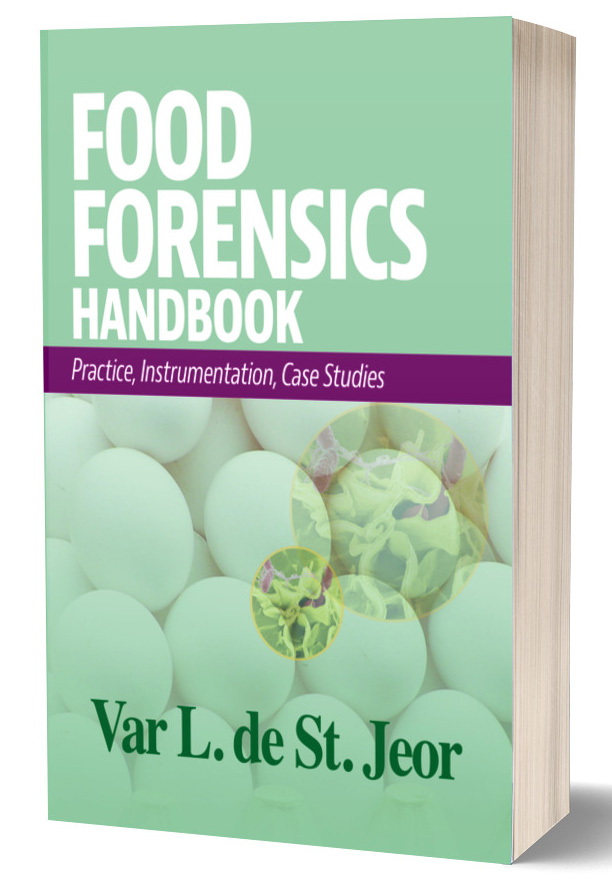Lab-Confirmed Cases of Salmonella, Campylobacter Infections in England Increased in 2023

Image(s) credit: Freepik
The UK Health Security Agency (UKHSA) has published data on campylobacteriosis and salmonellosis cases in England from 2014–2023. The total number of laboratory-confirmed reports of Campylobacter and non-typhoidal Salmonella infections in England both reached ten-year highs in 2023.
Data for the reports were sourced from UKHSA’s Second Generation Surveillance System (SGSS), as well as the UKHSA Gastrointestinal Infections, Food Safety, and One Health Division’s Electronic Foodborne and Non-Foodborne Outbreak Surveillance System (eFOSS).
Laboratory-Confirmed Campylobacter Cases in England in 2023
The total number of campylobacteriosis cases increased by 9.4 percent from 2022 (54,884) to 2023 (60,014). The incidence rate of laboratory-confirmed Campylobacter reports for 2023 (104 cases per 100,000 people) was its highest since 2014 (107.6 per 100,000). The South East of England was the region with the greatest number of Campylobacter reports in 2023 (11,140), but the North East has the highest incidence rate (137.1 per 100,000).
Campylobacter species were identified in 22.2 percent of laboratory reports, of which the majority were C. jejuni (89.1 percent). Consistent with the previous five-year median, in 2023, Campylobacter reporting peaked in the month of June. Slightly more than half of laboratory-confirmed cases of illness were male (55.4 percent), and the age groups most affected were 50–59 years (15.3 percent of cases) and 60–69 years (15.5 percent).
There were five reported outbreaks of campylobacteriosis in England in 2023, comprising 36 known cases, of which 24 cases were laboratory-confirmed. Poultry meat was determined to be the source of one outbreak, but no food sources were successfully identified for the other four outbreaks.
Laboratory-Confirmed Salmonella Cases in England in 2023
Regarding Salmonella, the total number of reported non-typhoidal salmonellosis cases increased by 7 percent from 2022 (8,290) to 2023 (8,874). The incidence rate in 2023 (15.4 cases per 100,000 people) was the third highest for the ten-year period, behind 2017 and 2018 (15.6 and 15.8 per 100,000), respectively. London was the region with the highest total reported cases (1,739) and the highest incidence rate (19.4 per 100,000).
S. Enteritidis was the most frequently reported serovar in laboratory-confirmed cases, increasing from 2,069 in 2022 to 2,710 in 2023. On the other hand, S. Typhimurium reports, the second most commonly reported serovar, decreased from 1,772 cases in 2022 to 1,471 in 2023. September was the peak month for non-typhoidal Salmonella reports in 2023. The most affected age group was children under the age of ten (2,063 cases).
There were eight known salmonellosis outbreaks in England in 2023, comprising 522 cases, of which 510 cases were laboratory-confirmed. The outbreaks were associated with the consumption of multiple different food vehicles, including poultry and red meat, eggs, coriander leaves, and melons.
Looking for a reprint of this article?
From high-res PDFs to custom plaques, order your copy today!







